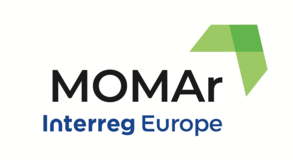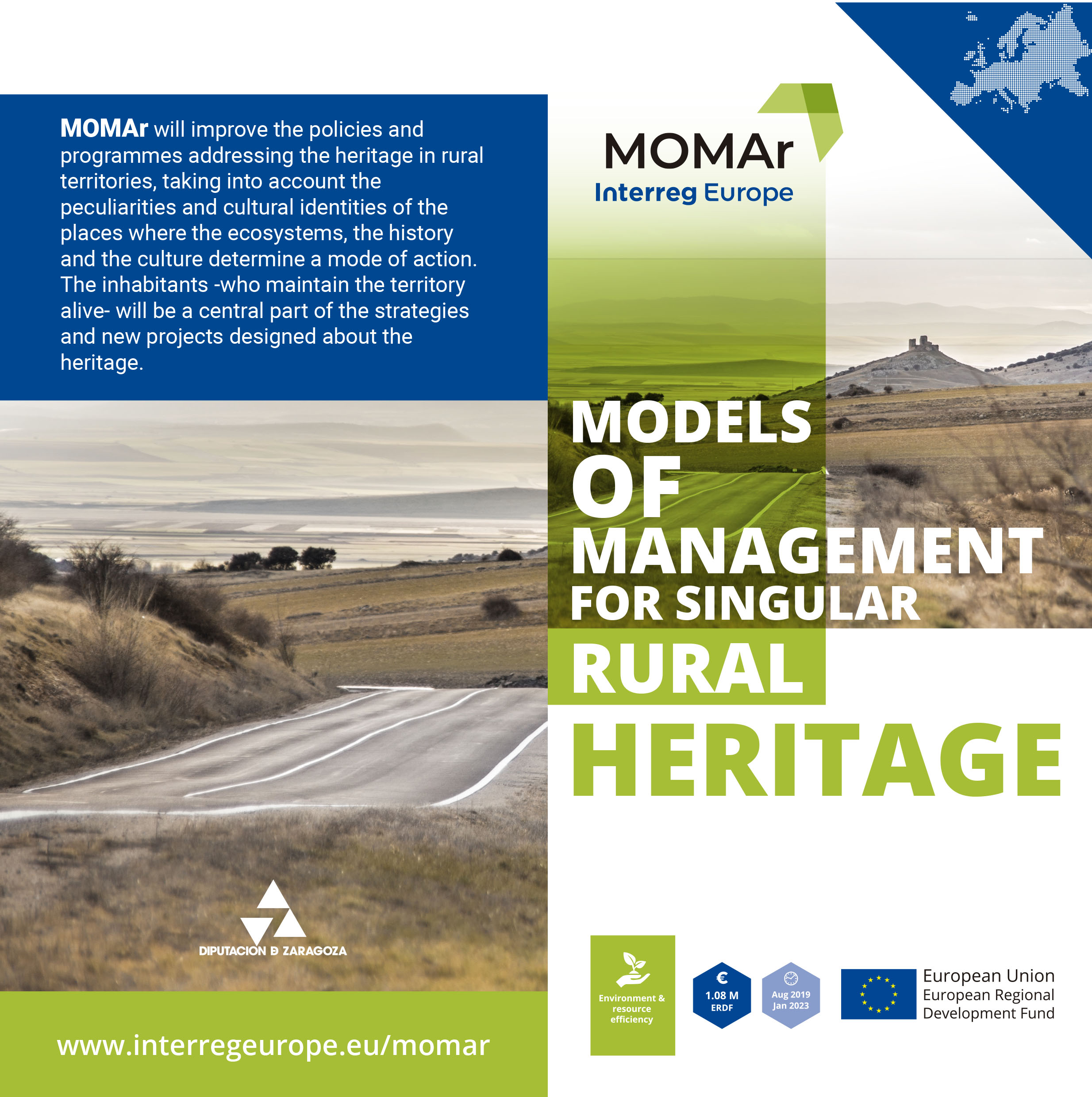Taking advantage of the final conference celebrated on the 28th of March in Zaragoza, MOMAr partners celebrated its last partner meeting in the hometown of the lead partner. Besides, partners and stakeholders had the opportunity to visit first-hand some of the good practices presented during the lifetime of the project located in the province of Zaragoza.
It was two days of study visits based on public and private models of management. On the first day, the group of experts visited Remolinos Salt Mine, which is the key point of Zaragoza’s Action Plan. They have been exploited since Roman times, and today, it is a profitable source producing more than 500.000 tons of salt per year. The challenge here is to combine current industrial activity with a potential touristic experience to visit the old tunnels and discover the history of the site.
Afterwards, thanks to the Uncastillo Foundation, the MOMAr team explored the medieval heritage of the Uncastillo town. First, we went to the headquarters of the foundation, based in an XIII-century building that was used as a marketplace. The building also owns a part of a Romanesque church, although now intended to be a meeting room. That was the perfect scenario to celebrate our last steering committee.
Uncastillo had a well-established Jewish community five centuries ago, the old architectural distribution is still visible; narrow streets, hidden alleys where Jews lived in a community far away from the external eyes, and part of the synagogue are some of the remains that last until nowadays. José Francisco García, director of Fundación Uncastillo Centro del Románico, was responsible to guide the group and to explain the different actions the Foundation had accomplished in terms of heritage management. Finally, we visited the castle of the village, an ancient fortress from the IX-XV century. This is the most transformative project of the foundation; it receives more than 5000 visits per year. The day finished at Los Bañales, a Roman archaeological site, and another example of how private management with public funding can succeed in the conservation and exploitation of heritage sites.
On the second day, the experts went to the Taller Escuela Cerámica de Muel, an example of the public management model of heritage. In that case, the Provincial Government of Zaragoza finances the recovery of traditional ceramics Mudejar art that was extinguished, in a workshop, school and cultural space.
The last stop is the village of Fuendetodos, the hometown of the painter Francisco de Goya, this is a sample of public heritage management in rural areas. Around the figure of Goya, this small town has created a successful point of interest for artists and visitors, managing the house where the painter was born, an exhibition hall and the engraving museum where his latest art pieces are exhibited, among other assets.
MOMAr says goodbye to the last study visit, we want to thank all the stakeholders who accompanied us on this learning path. We learnt about others’ successes and failures, and we are convinced, it will inspire new models of management to improve the heritage sites of the five partner countries.
This is a short summary of what we experienced and learnt in Zaragoza.
<script async="" src="//www.instagram.com/embed.js"></script>












